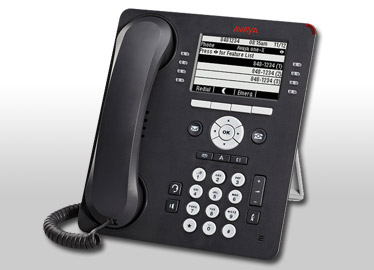SIP Trunking is a fantastic way for businesses to merge their current voice and data networks into a single network. This delivers high-quality communications, along with considerable cost savings. However, there are three things that your business should know before making the switch.
Know Your Network
You need to know how many simultaneous calls your business makes prior to changing to SIP Trunking. It’s a good idea to go over your call logs during your busiest times. You also need to understand that SIP relies on bandwidth. If the bandwidth on your network can’t support SIP, you can have dropped calls, bad audio quality, and busy signals. Fortunately, you can purchase bandwidth at low costs.
Make SIP Priority
Odds are you have a lot of traffic on your network. Between file sharing and media streaming, adding SIP Trunking can result in slow email speeds, delayed video buffering, and poor audio quality during calls.
Using a QoS feature is a great way to circumvent this problem. A QoS is found in the majority of business-grade routers and switches. It makes sure that your calls have priority on the network. Simply put, this means that your bandwidth is sent to calls before any other network traffic.
SIP Needs Security
A big benefit of SIP Trunking is that it doesn’t rely on a lot of hardware. This means you don’t have to spend a lot of time and effort maintaining your system. However, it is vital that you are careful in how you connect to your network, otherwise you open your business up to cybercrime. Fortunately, this is easily remedied by keeping your software and firmware updated, using trusted SIP providers, and making sure that you have complex passwords.
If you have any questions regarding SIP Trunking, please contact Intuity today at (800) 811-1086. Please feel free to also follow us on Facebook.
